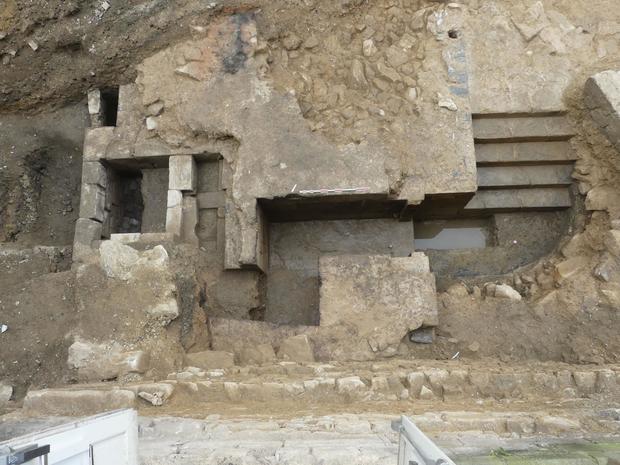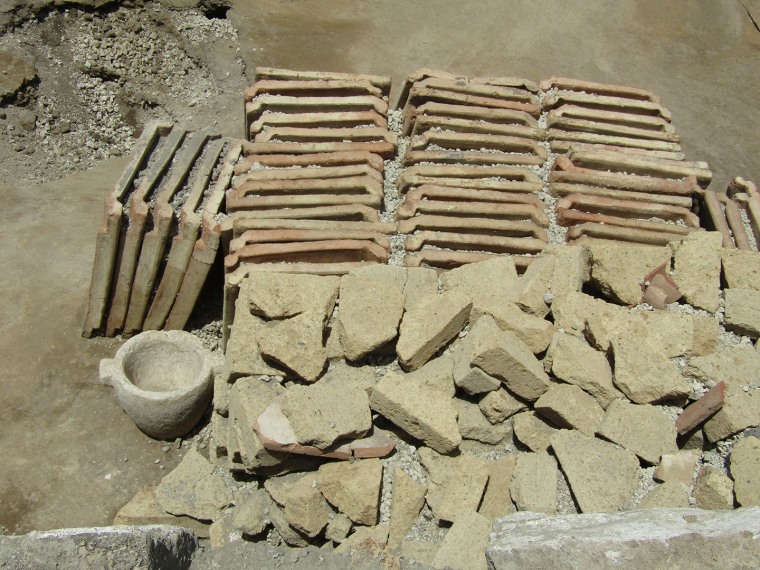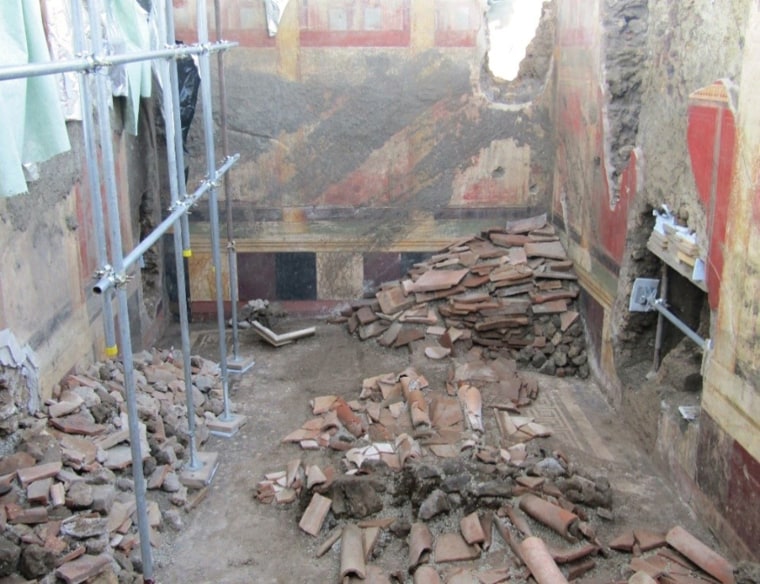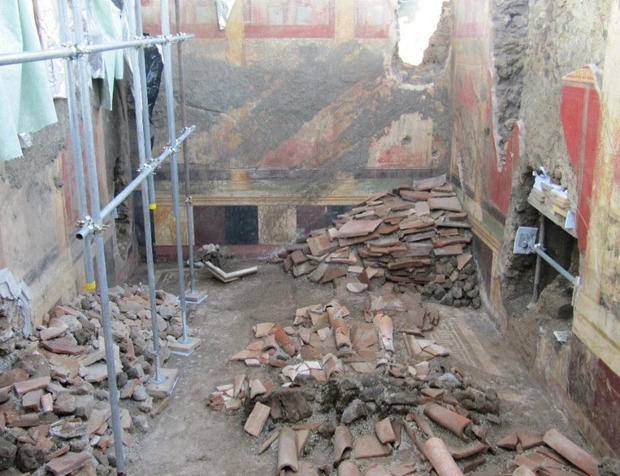The disbelieving voice of a police officer witnessing the collapse of the Francis Scott Key Bridge near Baltimore in the early hours of Tuesday summed up the shock about to be felt across the country.
“The whole bridge just fell down!” the officer says on the dispatch radio, published by Broadcastify, which posts emergency service audio clips from major incidents.
The audio also captures the moment the quick-thinking officers stopped traffic and closed the bridge, saving countless lives — actions that saw them hailed as heroes by Maryland Gov. Wes Moore and Baltimore Mayor Brandon M. Scott on Wednesday.
Two of the six construction workers who were missing, presumed dead, were recovered from the Patapsco River on Wednesday, in a red pick-up truck 25 feet under water.
Police named them as 35-year-old Alejandro Hernandez Fuentes, originally from Mexico, and 26-year-old Dorlian Ronial Castillo Cabrera, originally from Guatemala. Family and friends described them as devoted husbands, fathers and workers. A search operation continues for the missing four.
“I need one of you guys on the south side, one of you guys on the north side, hold all traffic on the Key Bridge — there is a ship approaching that has lost its steering. So until you get that under control, we got to stop all traffic,” one officer says on the dispatch.
The same officer then asks: “Is there a crew working on the bridge right now?”
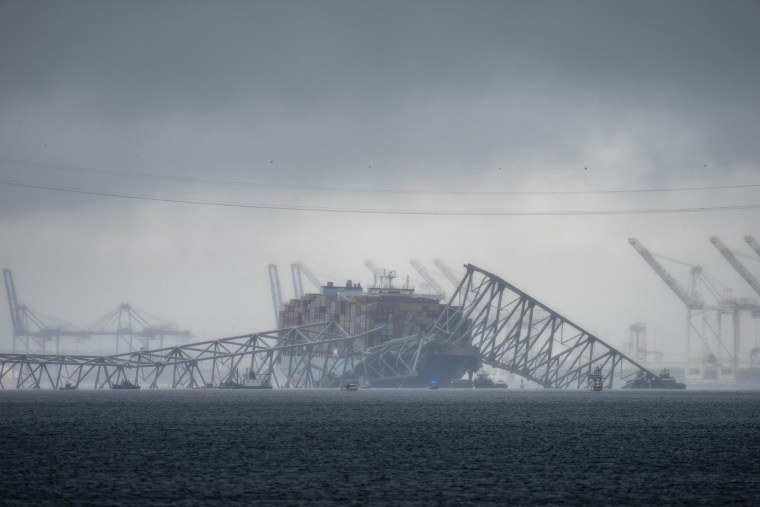
He continues: “I’m not sure where, there’s a crew up there you might want to notify, whoever the foreman is, see if we can get them off the bridge temporarily.”
Another officer replies to say that once another police unit arrives, “I’ll go grab the workers on the Key Bridge.”
Moments later a new officer says over the radio: “The whole bridge just fell down! Start, start … everybody. The whole thing just collapsed.”
The bridge came down in a matter of seconds, as dramatic video showed. But the Dali’s fateful voyage had begun 50 minutes earlier.
The enormous cargo ship, measuring almost 1,000 feet, left the port of Baltimore at 12:39 a.m. on Tuesday, according to a timeline from the NTSB.
The ship entered the channel at 1:07 and by 1:24 had reached a speed of 8 knots, or 9.2 mph.
At 1:24, multiple alarms can be heard on the ship’s audio.
Two minutes later, the ship’s pilot called for any nearby tug boats to assist and called the Maryland Transport Authority (MDTA) to report the loss of control.
At 1:27, the pilot ordered the boat to drop its port anchor and continued to make steering commands. At this point the pilot radioed to say he had lost all power and was approaching the bridge.
The MDTA was able to radio police units on both sides of the bridge to stop traffic, as the ship continued at less than 7 knots, or 8 mph.
The ship’s audio captured the moment of impact at 1:29 — the ship’s pilot reported the bridge coming down at the same time.
As Baltimore, Maryland and the country come to terms with the loss of six lives, a famous landmark and important economic infrastructure, attention turns to the investigation into how and why the enormous Dali cargo ship suddenly lost power, and how the bridge crumbled so quickly.
Coast Guard Rear Admiral Shannon Gilreath said during a news conference Wednesday that the Dali had routine maintenance while it was in the port of Baltimore, but no issues were flagged.
“So as far as the engine goes, we were not informed of any problems with the vessel,” he said. “We were informed that they were going to conduct routine engine maintenance on it while it was in port. And that’s the only thing we were informed about that vessel in that regard.”
National Transport Safety Board Chair Jennifer L. Homendy and a team of investigators boarded the ship Wednesday to interview crew and gather evidence. The NTSB has recovered the data recorder, which will provide a huge range of data, including the ship’s exact position and its systems status at the time of the collision.
But Homendy has warned that the investigation will be a huge undertaking and could take between one to two years.
Meanwhile, one of the biggest ports on the eastern seaboard remains shut, depriving suppliers of a major route for consumer goods, including automobiles, that normally accounts for 4,900 trucks and billions of dollars of trade daily.



